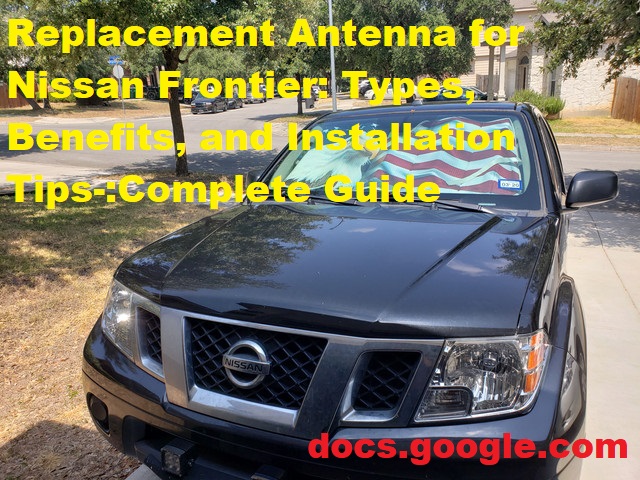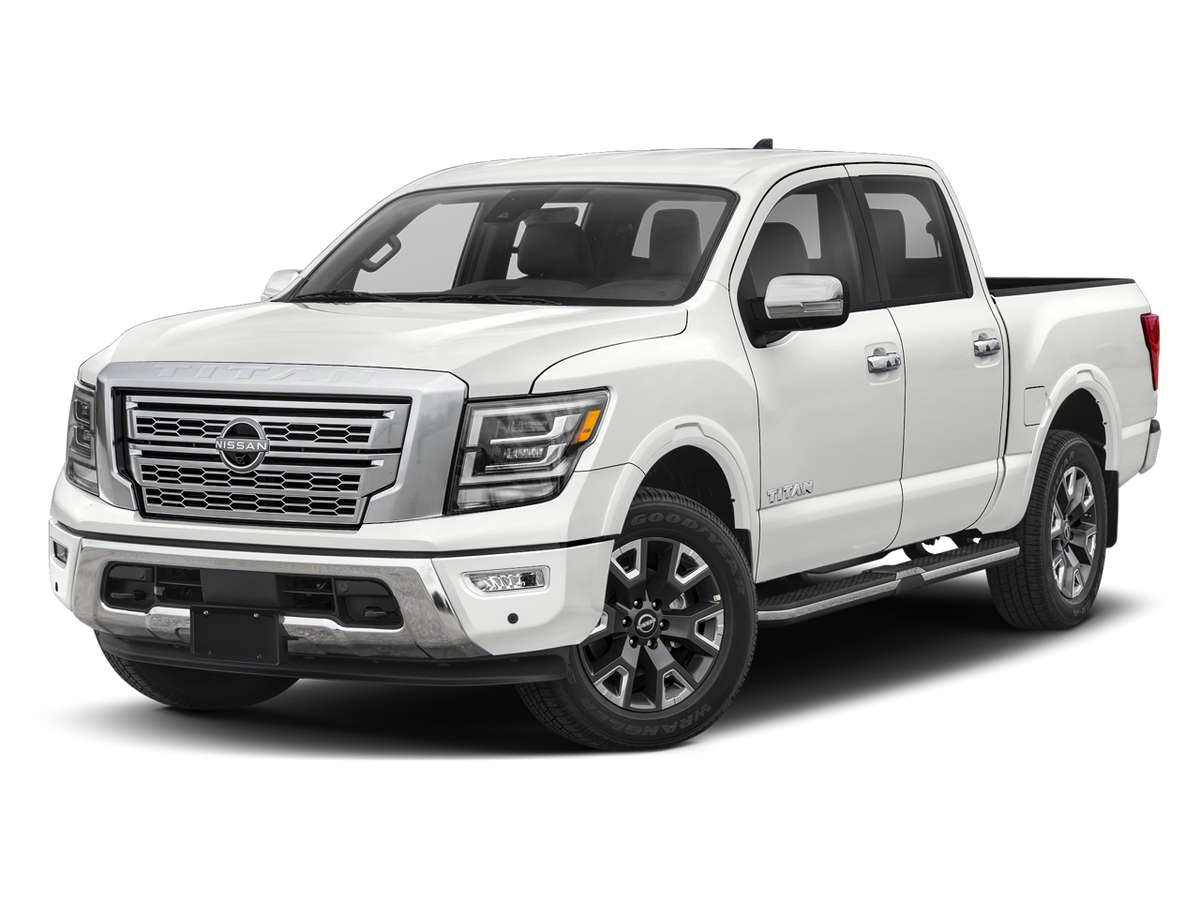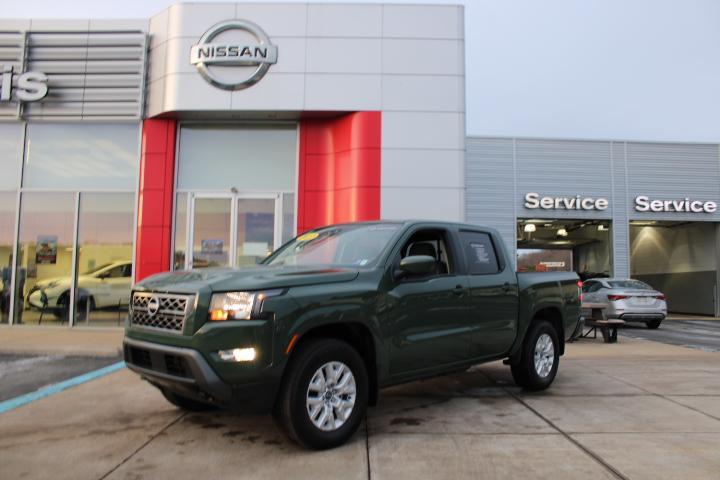Do you have a Nissan Frontier and want to upgrade its antenna? Then you’ve come to the right place. This article will provide a complete guide on the types of antennas available, the benefits of getting one, and how to install it. You will be amazed at how easily you can upgrade your vehicle with an improved antenna.
The Nissan Frontier is a solid midsize truck that’s renowned for its perfect balance of performance, capability, and reliability. It can take you on road trips as well as provide basic transportation to job sites. To do this, the vehicle needs to be properly equipped with an antenna that can make sure that the car radio receives signals clearly so you can enjoy music and news on your way.
When your Nissan Frontier’s antenna starts to show signs of wear and tear over the years, it’s time for you to find a replacement. Finding the right aftermarket antenna for your truck may seem like choosing from an endless array of options in terms of styles and materials; but with a good amount of information on the benefits and features of different antennas plus installation tips, you’ll be able to find one that suits both your budget and your needs.
This article will provide an overview of all key aspects related to choosing a replacement antenna for your Nissan Frontier so you can make an informed decision when shopping for one.

Benefits of Using a Replacement Antenna
An aftermarket antenna for your Nissan Frontier has several advantages. First of all, it can improve the reception of your car’s existing radio by providing a better signal than an OEM antenna that may have become worn out over time.
Aftermarket antennas can also offer other options such as amplified or portable reception, allowing you to listen to music regardless of where you drive. Furthermore, many replacement antennas are more durable and aesthetically pleasing than the original factory ones, with some styles offering a sporty custom look for your Frontier.
Finally, many replacement antennas are quite affordable and easy to install yourself – making them a great way to upgrade the look and function of your vehicle without breaking the bank.
Improved Signal Reception
When replacing the antennas for your Nissan Frontier, there are a few types to choose from that can offer better signal reception than your existing antenna. A stubby or flexible rubber antenna will reduce wind noise and provide a more aerodynamic form factor, while an amplified or power antenna provides improved reception levels by increasing the signal amplification of your radio station.
A longer antenna also helps improve FM radio reception, with increased length providing improved signal reception. Installation of a new antenna is usually straightforward and simple, but depending on the type of model in use it may require some adjustments to make sure connections are secure.
Better Aesthetics

An upgraded antenna is a great way to give your vehicle a stylish and distinctive look. Most vehicles come with traditional whip antennas, but the majority of aftermarket options are designed with improved aesthetics in mind.
There’s an array of different shapes and sizes you can choose from that will enable you to stylishly spruce up your whip antenna for a unique touch. For example, retractable antennas provide a sleek alternative that can blend in nicely with the car’s bodyline when raised, while antenna flags create more of an eye-catching aesthetic by providing some personalization or even displaying a favorite logo. Additionally, color-coordinated antennas can be used to enhance the complementary interior design of your vehicle.
Installation Tips for a Replacement Antenna
Installing a replacement antenna in your Nissan Frontier can seem intimidating, but with some guidance, it doesn’t have to be. Follow these simple steps to safely install your new antenna:
- Gather all the necessary tools and materials. You’ll need an adjustable wrench or two, a flat blade screwdriver, a pair of pliers, and a couple of clean cloths for wiping off surfaces as needed. The antenna itself may come with additional hardware such as screws or nuts and bolts depending on the type you’ve purchased.
- Consult your car manual and make sure that you’re familiar with its specifications as far as parts and location before beginning.
- Begin by disconnecting the old antenna from the base by either unscrewing it or gently releasing it from its clip if it has one. Be sure to keep track of any parts that were attached to the old antenna such as washers or clips so that you can transfer them to the new one when you install it later on.
- Clean any dirt or debris away from both the base and the old antenna before taking off any sealant used around them if they are present – this will help ensure a tight fit when installing your new antenna later on.
- Attach the new antenna by lining up both screws on the base before inserting them through their respective holes in the new antenna’s stem (if there are no holes, carefully make them using a punch). Tighten both screws using an adjustable wrench so that they don’t move around freely after insertion – verify this is done correctly by gently tugging downwards on each one prior to moving onto step 6.
- Make sure all replaced washers/clips are in their original position before lightly smearing sealant around where both pieces meet for extra protection against environmental factors such as wind and weathering ensuring corrosion-free results over time.
Preparation

Before replacing an antenna on a Nissan Frontier, there are some basic steps you should take to ensure the job is done properly. Start by making sure you have all the necessary tools and parts on hand. You’ll need to know what type of replacement antenna to purchase, as each vehicle requires a particular sized or shaped antenna that is specific to its make and model. In addition, it’s important to note that some antennas need special installation accessories, such as brackets or clamps.
Once you have gathered the necessary items for replacement, familiarize yourself with the current installation setup by taking photos and notes of how everything is connected together. If your new replacement comes with instructions on how to assemble it, go ahead and look these over too before starting your work.
Another important step in installing an antenna for a Nissan Frontier is disconnecting all power from the vehicle — including removing any remaining batteries — in order to avoid potential electric shocks during the process.
Removal of the Old Antenna
Removing the old antenna is one of the first steps when it comes to replacing your Nissan Frontier’s antenna. In order to properly remove the old antenna, it’s important that you first know where the antenna is located. The locations can vary slightly from one model to another, but most are located near the back of the vehicle on the roof.
Once you have identified this location, use a 4 mm or 5/32” socket wrench to unscrew and remove any screws holding the old antenna in place. Then carefully pull out the old antenna and disconnect any wiring that may be connected to it. Carefully inspect all parts for signs of damage or wear before disposing of them or starting with a new installation.
Factors to Consider When Choosing a Replacement Antenna

Replacement antennas come in a variety of shapes, styles, and materials. Before you select the right one for your Nissan Frontier, there are several factors to consider.
Shape: Choosing the right antenna shape will depend on your desired look and the available space on your car. Common shapes include whip-style antennas, shark fin shaped antennas and magnetic style antennas, but more unique styles such as flexy snakes or balls can also be considered.
Material: Antennas can be made from stainless steel, aluminum or plastic. All types of material will work adequately to boost or transmit radio signals, but stainless steel offers superior durability against elements like rust from moisture or salt spray from roads in coastal areas.
Sizing: Antenna sizing options vary based on style and material; some come as one-size-fits all models that attach directly to universal screw threads while others require a custom fit or trim kit for correct installation. Additionally, base diameters range from 16mm to 22cm depending on make and model of vehicle so it is important that you accurately measure the length of thread before purchasing a new antenna for proper installation. This can usually be found in your vehicle’s manual prior to purchase if it isn’t already stamped onto the existing antenna base mount.
Budget: Replacement antennas come at a wide range of prices to fit any budget — make sure you carefully compare prices before ordering!
Compatibility with Nissan Frontier
When selecting a new antenna for your Nissan Frontier, it is important to make sure it is compatible with your vehicle. Fortunately, many types of antennas are highly compatible vehicles around the same model year. To confirm that an antenna type is compatible with your Nissan Frontier, consider the following factors when making a selection:
-Vehicle model and year: The newer the car model and year, the more likely it is to be able to work properly with a variety of antenna models. To ensure compatibility, you should check the owner’s manual for your specific Nissan Frontier model.
-Antenna mount plug: An ideal replacement antenna should have a mounting plug that matches exactly with the plug on your existing unit. This will ensure fast installation and prevent minor electrical problems down the line.
-Frequency coverage: With so many radio services available today (including AM/FM, Satellite Radio, Wi-Fi etc), it is important to check if an antenna can effectively receive signals at all frequencies of interest. Most antennas are designed to operate in multiple frequency bands but some may not offer coverage at higher frequencies or even lower ones as well. When in doubt, consult an expert in order to determine if a particular antenna type has what you need.
Antenna Material
Antennas are typically made of metal, but there is a wide range of materials that can be used, including plastic and foam. Metal is the most popular due to its durability and ability to provide the best reception quality. Plastic antennas may be able to offer a better aesthetic, but they will not typically provide the same level of reception quality as metal antennas.
There are also various types of antennas that you can use, depending on your specific radio needs. Some of the most common types include FM, AM/FM Combo (or Tunable), Power or Marine Antennas, and Multi-Band Directional Antennas. Each type has its own set of benefits and installation instructions for optimal performance.
Metal antennas have several advantages over plastic ones:
- They have greater strength to resist vibrations caused by wind turbulence
- They pick up a clearer signal with minimal interference
- They are more resistant to water damage, which makes them ideal for boating or marine use
- They require less maintenance in terms of rust prevention
- Their cost is usually lower than other materials like plastic or rubberized foam
Installing a new antenna in your vehicle may seem complicated at first glance; however with the right tools and know-how, it can be done quickly and easily! Here are some helpful tips on how you can successfully complete an antenna installation:
- Make sure that all wires leading to the antenna are connected properly
- Mounting location should allow for clear line of sight between the antenna and radio tower
- Check if mounting surface is metal or fiberglass – different surfaces require different adhesive¬– ensure you choose one that’s appropriate for your material
- Check if any testing procedure is required after installation ([check manufacturer guide])
- Do not overtighten any screws and bolts to avoid damaging any internal components
Antenna Height
The antenna height of a Nissan Frontier has a significant impact on the radio signal reception. Different heights and types of antennae can be used to decrease static and interference caused by environmental factors such as reflections and heavy tree cover. For shorter runs, a low profile roof or truck mounted antenna is typically preferred, while taller units are favored for areas with long distances between broadcast towers.
The main types of antennas used for Nissan Frontiers include outdoor omnidirectional, outdoor directional, indoor areas with TV reception, directional indoor/outdoor for radio only reception and CB Radio antennae. Outdoor omnidirectional antennas are the most commonly used type due to their ability to reach transmission towers from any direction. Outdoor directional antennas will become more effective when pointed towards a specific tower with line-of-sight being provided.
Indoor antennas are usually disk shaped units that are attached directly to the back of the receiver coil head that is located on an exterior wall of your house or in your attic space if you cannot get quite enough signal outdoors. Directional indoor/outdoor antennas work best when aimed toward two or more broadcast towers while receiving both channels at once. Finally, CB Radio antennas are available on a variety of sizes ranging from 8-59 inches in height depending on your specific needs such as clearance when parking in garages and how many features you want (available wattages).
When considering which type of antenna to use, it is recommended to look into all available options before making a decision as there may be regional restrictions that apply to certain types and heights due to potential risk posed by high-voltage power lines or communication infrastructure close by. Additionally, if you do not have access to area transmitters for radio stations it might be more cost effective to consider other methods such as cable or satellite services as these could provide higher quality reception than traditional broadcast over the airwaves.
Antenna Reception
Quality reception is an important factor to keep in mind when replacing an antenna for a Nissan Frontier. Replacing the antenna with one of higher quality can help to improve reception from AM and FM radio broadcasts and signal clarity for vehicles with satellite radio capabilities. In order for a car’s signal to be as strong as possible, it is necessary to use an antenna that fits the right frequency range, is adequate in length and has low levels of noise interference. A replacement antenna should also be simple to install and not just stuck on or taped down.
There are many types of antennas that can be used depending on your needs, such as:
- Dipole antennas
- Short whip antennas
- Fiberglass whip antennas
- L-shaped antennas
Each antenna type offers differing levels of reception, installation difficulty, and durability factors. Perhaps most importantly, the type of vehicle will influence which type should be chosen because it is important to have an antenna specifically designed for your car. Finally, there are also several benefits that come along with replacing a car’s existing antenna with a higher quality one, such as improved radio frequency coverage and better resistance against wear due to weather damage or debris accumulation.
Conclusion
In this guide, we’ve explored the various types of replacement antennas available for Nissan Frontier vehicles. We’ve discussed the benefits of each type and provided some handy tips on antenna installation.
Ultimately, which type of antenna you choose depends mainly on your own personal preferences and budget. However, considering the antenna is an integral part of your vehicle’s wireless communication system, it’s important to choose one that allows you to get the best performance.
With this complete guide to Nissan Frontier Replacement Antenna Types, Benefits, and Installation Tips in mind, we hope you’ll now be confident when making an informed decision on which replacement antenna to install in your car!
FAQ’s
Which type of car antenna is best?
It depends on personal preference and the type of vehicle.
What is the purpose of an antenna replacement kit in a car?
To replace a damaged or broken antenna.
How many types of car antennas are there?
There are several types, including whip, mast, shark fin, and glass-mounted antennas.
Do aftermarket car antennas work?
Yes, they can work just as well as factory antennas.
Should I replace my car antenna?
If it is damaged or not functioning properly, then yes.
How can I make my car antenna signal stronger?
You can try using an antenna booster or relocating the antenna to a higher position.
Which type of antenna is used in vehicle?
There are several types used in vehicles, including whip, mast, and shark fin antennas.
Is an antenna booster necessary?
It depends on the strength of the signal in your area and the quality of your antenna.
Do I need an antenna booster?
If you are experiencing weak signal strength, then an antenna booster may help.
Which antenna has highest efficiency?
It depends on the specific antenna and its design.
See Also :
Best bug deflector for nissan frontier 2023
Best cold air intake for nissan frontier 2023
Best accessories for nissan frontier 2023
Best air bags for nissan frontier 2023
Best 4 inch lift kit for nissan frontier 2023

